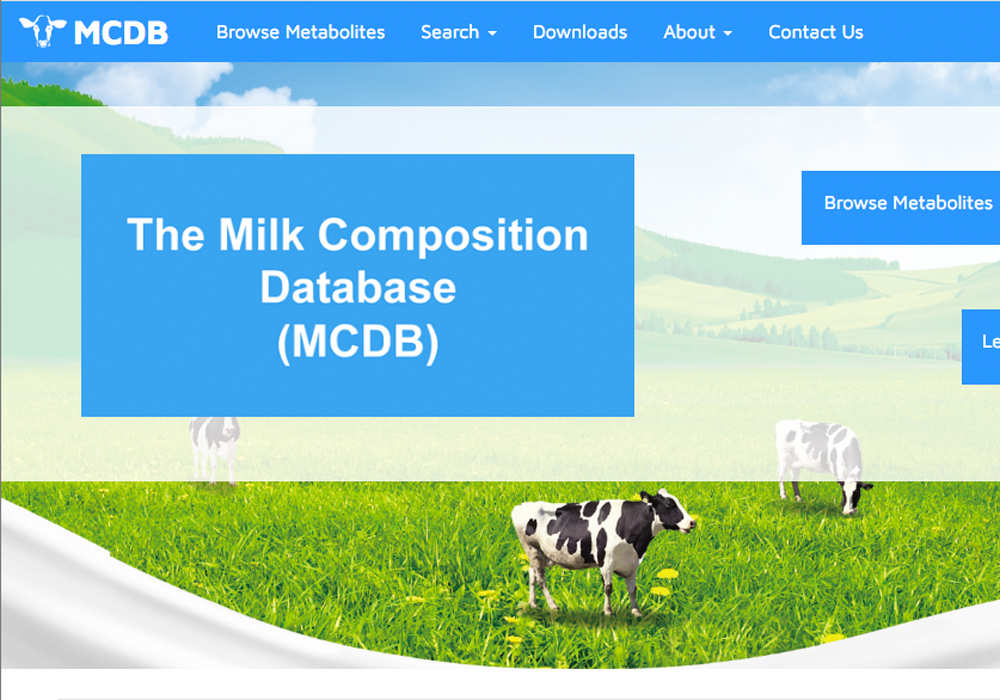Researchers have created what they call an encyclopedia of milk, launching a new database that uncovers more than 2,000 compounds in the popular beverage.
The University of Alberta project, which was recently completed, took nearly five years of work after researchers combed though data and uncovered new compounds.
“It was a tremendous effort,” said U of A immunobiologist Burim Ametaj, who worked on the project with university biologist David Wishart and other researchers.
With their project, the researchers managed to list 2,335 milk compounds, which include vitamins, amino acids and lipids, and even uncovered 168 compounds that had never been reported before.
Read Also

Farming Smarter receives financial boost from Alberta government for potato research
Farming Smarter near Lethbridge got a boost to its research equipment, thanks to the Alberta government’s increase in funding for research associations.
The database, which can be accessed at www.mcdb.ca, allows dietitians, physicians, producers and consumers to look up the compounds of milk and use the information to understand the beverage’s nutritional value.
For instance, it allows people to look up nutritional differences between skim and whole milk and how it differs from other animal milk.
“This is excellent information for everybody to use,” Ametaj said.
“It shows that cow milk is a nutritious product that producers can brag about.”
He said even though researchers know a lot about milk, they wanted to uncover more compounds.
To get their results, they first purchased milk from retail stores in Edmonton, later analyzing it using metabolomic methods, or what Ametaj calls a super microscope.
As well, they mined for data, essentially going through scientific articles to see if other researchers had uncovered compounds that they hadn’t yet found.
“This is what we’ve been able to identify so far,” he said.
“But so far, this is the most comprehensive database in the world.”
The study turned up some interesting results, he added.
For instance, he said they found that fatty acid and vitamin E and K levels were higher in one percent, two percent and whole milk than in skim.
The lower levels might make consumers think twice before buying skim, he added.
“This would make consumers aware of that,” he said.
“When they drink skim, they are missing fatty acids and vitamins.”
Ametaj said he hopes researchers will be able to uncover more compounds in milk in the future, and they plan to update the database regularly.
As well, they hope to set up databases for goat and sheep milk, wine, beer and cannabis, essentially letting people know what they are consuming.
Contact jeremy.simes@producer.com


















